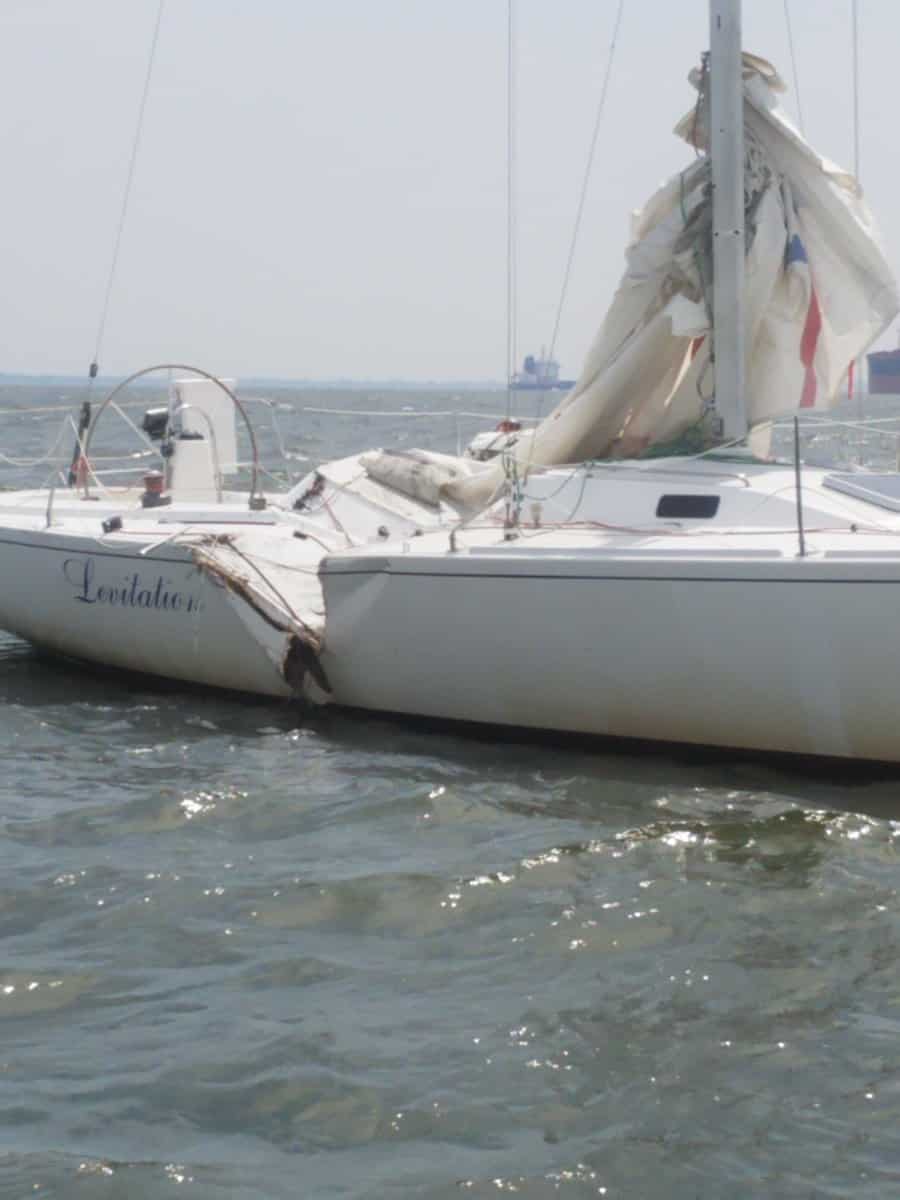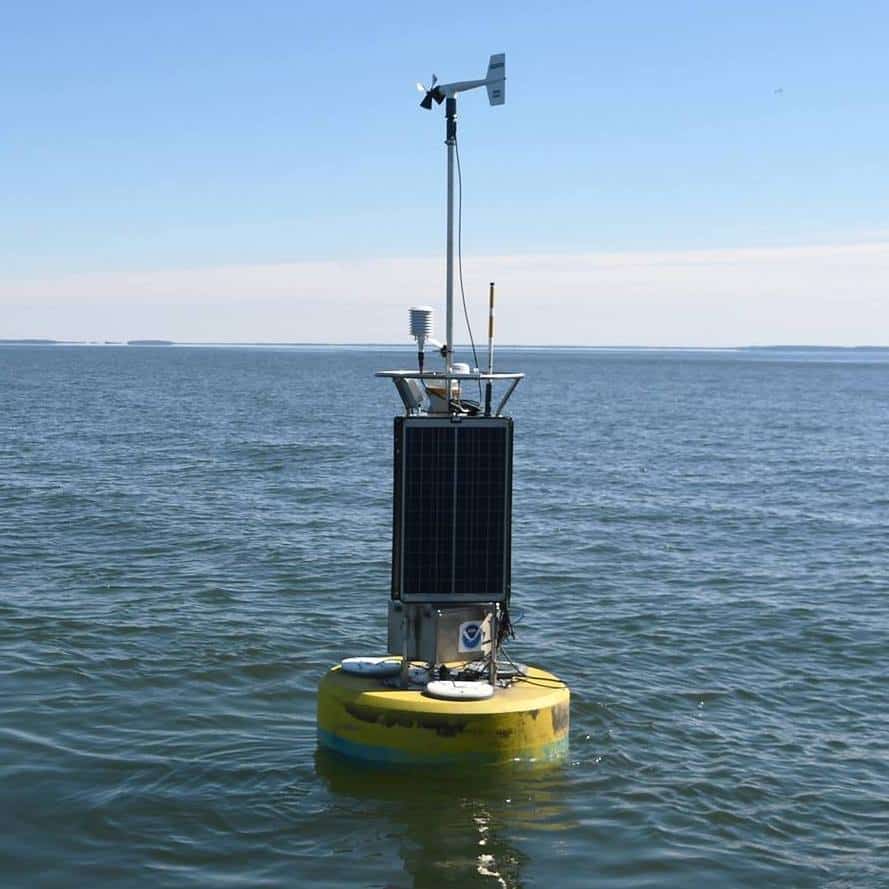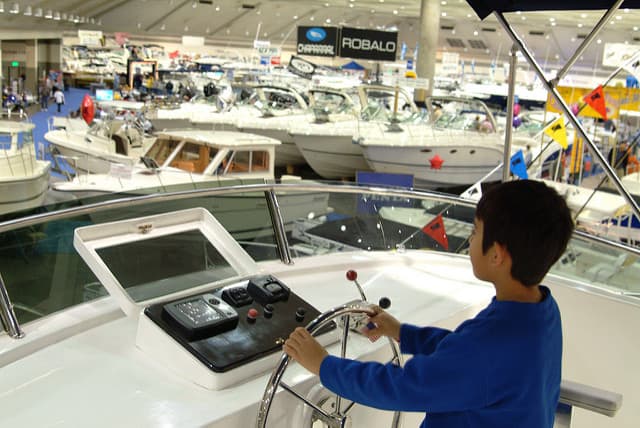John Page Williams is an award-winning boating writer and longtime Chesapeake Bay Magazine contributor. Here, he offers insight into the safe boating habits you can practice to help avoid an on-water collision.
Last Friday saw a spectacular boat collision on crowded waters near Thomas Point Light, south of Annapolis. A 37’ fishing charter boat apparently collided with a 34’ sloop under sail. Fortunately, amazingly, no one was seriously hurt. Social media lit up, of course, with much speculation about causes, which are under investigation and may not prove as obvious as they might appear. Whatever the case, there are lessons to be learned for ALL of us who take to the Chesapeake in boats large and small.
First, consider the old saying, “There but for the Grace of God go I.” Anyone who says he or she hasn’t had a close scrape in a car or boat is not being truthful. All of us have had momentary lapses of attention that led to narrow escapes. Those accidental lapses are, unfortunately, built into the human condition. But we can minimize those mistakes by learning from accidents like this one.
The photo reminded me of a safety exercise taken last year with the BoatUS Foundation and the National Safe Boating Council called SCAN: Search, Concentrate, Analyze, Negotiate. It’s a simple system to anticipate problems while piloting a boat, any boat, anywhere, any time. Here’s a summary from the Council:
Search the area all around your craft. This is a 360-degree examination of everything on the water around your boat. Distances away will close or open depending on your speed or the speed of the observed boat or object. The faster you are operating, the farther out you will need to search. Note: Since boats to starboard have the right-of-way, begin your search 120 degrees to that side and swing your eyes carefully forward, ahead, and to port. Repeat. And repeat…
Concentrate on what you are seeing with your eyes and on your electronics. Is it a boat? What type? What is it doing? What is its relative speed? Is it a stationary object? Drifting or anchored? These are questions you must consider while you look at the various observed boats or objects.
Analyze what you are watching. Is it closing in on your position or going away from you? Remember, if the object you are observing is at a constant bearing with decreasing range (you are getting closer to it and its relative position to you is not changing), it is on a collision course.
Negotiate What are you going to do? Slow down, turn away from the boat or object, and head in a different direction? Remember the Navigation Rules. Know the proper action to take while meeting head-on, crossing or overtaking another boat. Make your adjustments obvious.
Sound simple? Common-sense? You bet! And it’s effective. Try it. Now. There’s lots of great Bay boating left for us in 2018. Make sure your social media posts are happy ones.
Want to know more about SCAN? Check these two links:




